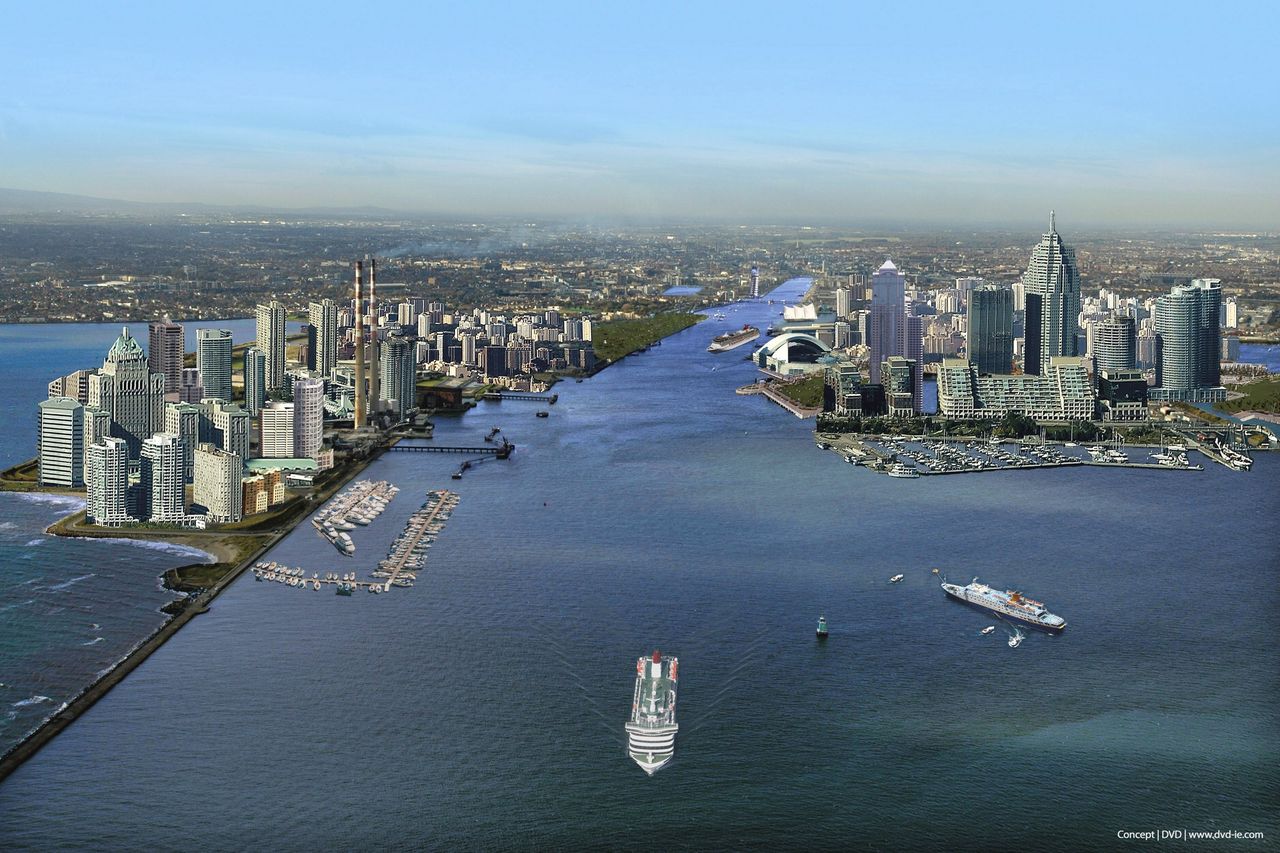Left versus right is one way to think about a country. Another way is present-oriented versus future-oriented.
A country that’s present-oriented tries to make its people happy as quickly as possible. It directs its energies towards the most urgent problems.
A future-oriented country has a vision of what it wants to be. It directs its energies towards building that country.
There’s a balance to be struck. Of course, it’s possible to be too-present-oriented. But there is such a thing as too much vision. A future-oriented country might miss the problems in front of its face. It might spend its resources on wasteful projects – like China overbuilding its cities in recent years. Ambition and vision are only good if well-directed.
“Future orientation” is not exactly the same thing as investment, but it’s pretty close. Future-oriented countries care a lot about investment. They invest a lot of money and they ensure the money is well spent. But they also care about things like birth rates, and culture, and biodiversity.
A country that’s too present-oriented will be forever firefighting. It’ll fix one disaster only to be struck by another. Think of Argentina, bouncing from one short-term fix to another. Or Lula’s first term in Brazil, in which the booming economy was used to fund lower taxes and more current spending.
Short-termism isn’t just a trap for dysfunctional countries like Argentina. The conservatives in the UK and US are present-oriented. What they care a lot about is tax cuts. They care little for investment and they don’t have much of a vision. In the UK, investment of all types has dropped dramatically since the Conservatives entered office. Capital spending on the NHS, for example, has fallen from about 0.5 per cent of GDP in 2007 to 0.25 per cent today.
You’d expect right-wingers to be sceptical about big ambitious plans. That’s what it is to be conservative. But it doesn’t follow that conservatives can’t have vision. Eisenhower, a conservative, built the freeways and almost doubled federal R&D funding. The libertarian governors of Hong Kong in the 1960s and 70s allowed the city to flourish. Lee Kuan Yew built Singapore from scratch. Konrad Adenauer led the founding of the EU. Maybe conservatives are willing to show more vision when there’s an external threat: the Soviets in Eisenhower and Adenauer’s case, the Chinese in Hong Kong, and the Malays in Singapore.
Left-wingers are comfortable with ambition. That’s in their nature. Biden, Obama, Blair and Brown each had a big plan for their countries. For the last seventy years, liberals (and conservatives too, to be fair) built big modern societies across Western Europe.
Bigger vision
Where does Ireland fit? Long-term vision wouldn’t be one of Ireland’s traditional strengths. This stands to reason. The country was an economic backwater for 200 years. There was no need for vision because the country was gently depopulating. And it didn’t even govern itself.
When the state was founded, the constitution guaranteed each TD would represent a relatively small number of constituents — about a quarter of those represented by each British MP. Small constituencies encourage politicians to fix local, urgent problems rather than national, important ones.
In the 1950s, there emerged a long-term plan for the country’s economy. That plan started to bear fruit in the 1990s. Since then the country has had to modernise more quickly than it’s accustomed to. The population has risen by 69 per cent since 1995. At the same time Denmark’s population has grown 13 per cent.
By the mid 2000s, the state was starting to mobilise. The capital spending budget rose from about three per cent of GDP to about five per cent. But capital spending was cut right back after the global financial crisis. Long-term plans went in the bin.
In the last five years, the state again has started to mobilise. And to be fair it is taking a longer-term view than previously. There are plans to modernise the energy system and build infrastructure of all kinds. The infrastructure budget is backed by its own pot of money, to ensure that there’s no repeat of 2008, and infrastructure projects are seen through. The capital budget is now more than five per cent of GNI*.
The number I keep coming back to is the forecast for housing need. It has been reported that the Housing Commission estimates the country needs 62,000 homes per year. There are about 450,000 homes in the city of Dublin. So the Commission is saying Ireland needs a new Dublin every seven years.
Plainly, this isn’t going to happen. Ireland is more future-oriented than it was. But is it enough? Does Ireland need to think even bigger?


